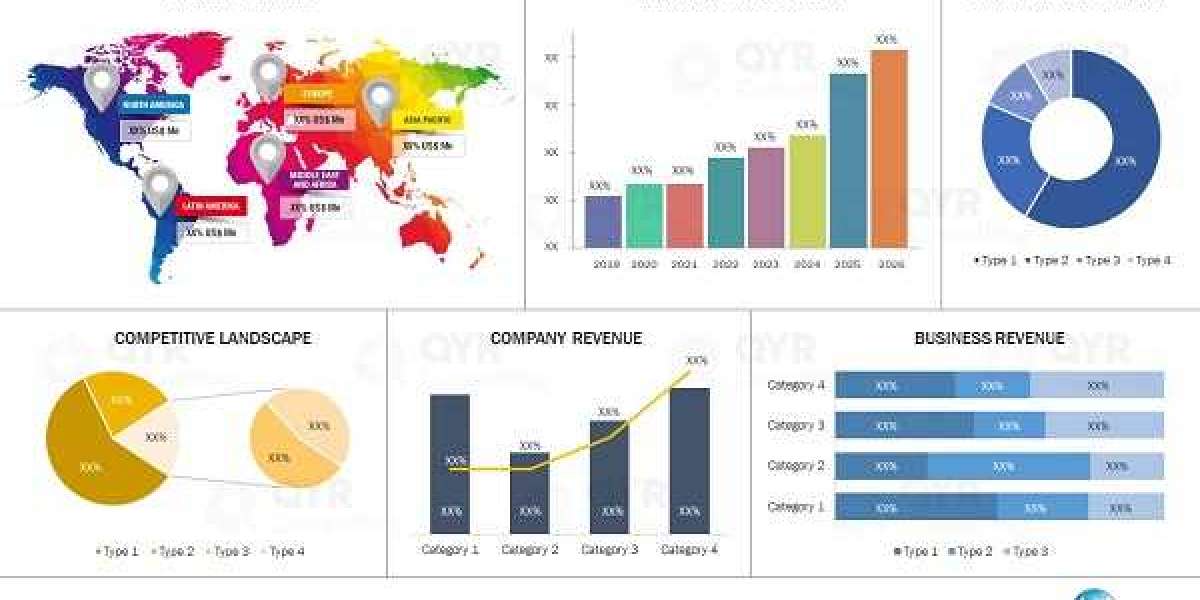With today's date-first world, HR analytics is no longer an amenity—it's essential. As companies move into more intelligent, technology-connected spaces, the HR function is changing dramatically. Contemporary organizations are adopting evidence-based HR practices to enhance recruitment, engagement, and performance measures. The move from intuition to insight is forcing HR Professionals to reskill with advanced training like a people analytics certification or an HR analytics course.
The Age of Data-Driven HR
Those days are behind us when HR decisions were made on gut or experience alone. Today, HR metrics and KPIs are essential to driving employee performance, retention, and talent acquisition. Whether it's workforce behavior, reducing attrition, or enhancing employee satisfaction, workforce analytics is key.
businesses globally are integrating predictive HR analytics into strategic HR planning. The implication of that is HR pros need to possess the skills for reading data, seeing patterns and predicting upcoming HR trends — and all are qualities developed via professional HR analytics certification.
Why an HR Analytics Certification Matters
Joining a strategic HR certification is an intelligent decision for those who wish to remain competitive. It empowers you with the tools and techniques to decode HR data analytics, visualize workforce insights, and make informed, evidence-based decisions.
Here's what a full-fledged HR analytics course entails:
- Descriptive, diagnostic, predictive, and prescriptive analytics in HR
- Applying HR metrics and KPIs to measure team and organizational performance
- Tools such as Excel, Power BI, Tableau, and introductory Python for HR analytics
- Use of people analytics throughout the employee life cycle
Through hands-on experience from real-world case studies and practical assignments, you learn to use talent analytics in your current or future job.
Career Paths in HR Analytics
There's never been a better time to shift to a job in HR analytics. Organizations in every industry—healthcare and retail, finance and technology—need HR professionals with analytics skills.
With an established certification, you can move into in-demand jobs such as:
HR Data Analyst
- People Analytics Specialist
- Workforce Planning Analyst
- Talent Intelligence Consultant
- Organizational Development Analyst
The need for data-driven HR professionals keeps increasing, and those with the proper skills will drive the change in HR transformation efforts worldwide.
Final Thoughts
Whether you are a seasoned HR professional wanting to enhance your profile or a fresher seeking your first break, an HR analytics certification is your key to becoming future-ready. As HR goes more and more digital, those who become experts in people insights and workforce analytics will be leading the charge in this exciting transformation.
Take the leap today. Invest in your career. Be the change-maker in the HR world.
#HRAnalytics #PeopleAnalytics #WorkforceAnalytics #HRData #FutureOfWork #HRTrends #DataDrivenHR #HRProfessionals #PeopleInsights #Upskill2025 #CareerInHR #AnalyticsCertification #HumanResources #HRTransformation
Join these hashtags on LinkedIn and Twitter to gain valuable information and networking opportunities from the HR analytics community.
To learn more about the GSDC Certified HR Analytics 3.0 certification, please visit the website: https://www.gsdcouncil.org/hr-analytics-certification
For more inquiry call: +41444851189
Mob No: +91 7796699663











